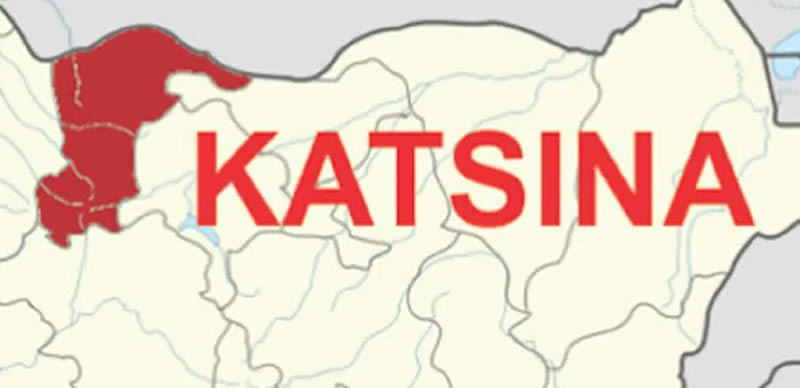
The Executive Director, Nana Women and Girls Initiative, Dr Fatima Adamu, disclosed on Thursday.
According to the activist, the teenage mother, who was divorced by her husband, was said to have had a complicated childbirth, resulting in being rushed to the hospital where there was no female medical practitioner on the ground to attend to her.
As a result, the only male medical practitioner available attended to her during labour, a development that led to the crash of her marriage.
Although the lady was said to have given birth successfully, her husband’s joy was cut short when he rushed to the hospital to realise that the medical practitioner that attended to the wife during labour was a male. Peeved by the development, he subsequently divorced his wife.
Adamu who was featured as a keynote speaker at the Human Resources for Health Production Dialogue, appealed to governments, especially state governments to ensure there was equity in the recruitment and deployment of medical personnel to rural communities.
The event which was organised with a view to revolutionising the country’s healthcare system, had stakeholders calling for accountability and prudence in healthcare training institutions.
Adamu, who has over 15 years of engaging and advocating for an increase in the production of nurses and midwives in the country, insisted that governments, especially state governments need to take up the responsibility to produce their own health workers as according to her, “there is no short cut about it.”
“A 14- year old Fulani girl in Katsina State delivered and had difficulty with delivery, so we had to take her to the hospital and after the delivery, the husband divorced her because she was attended by a man. This young girl was divorced all because she was attended by a man during delivery,” she lamented.
The women’s rights activists lamented that Nigeria was producing medical doctors far below its need.
“There is shortage of health workers despite the production. We are producing health workers far below our needs. Our average population growth is 3.2, but our annual production of nurses and midwives is 2.6, so definitely, there is gap. That is the latest data available that could be accessed,” she added.




